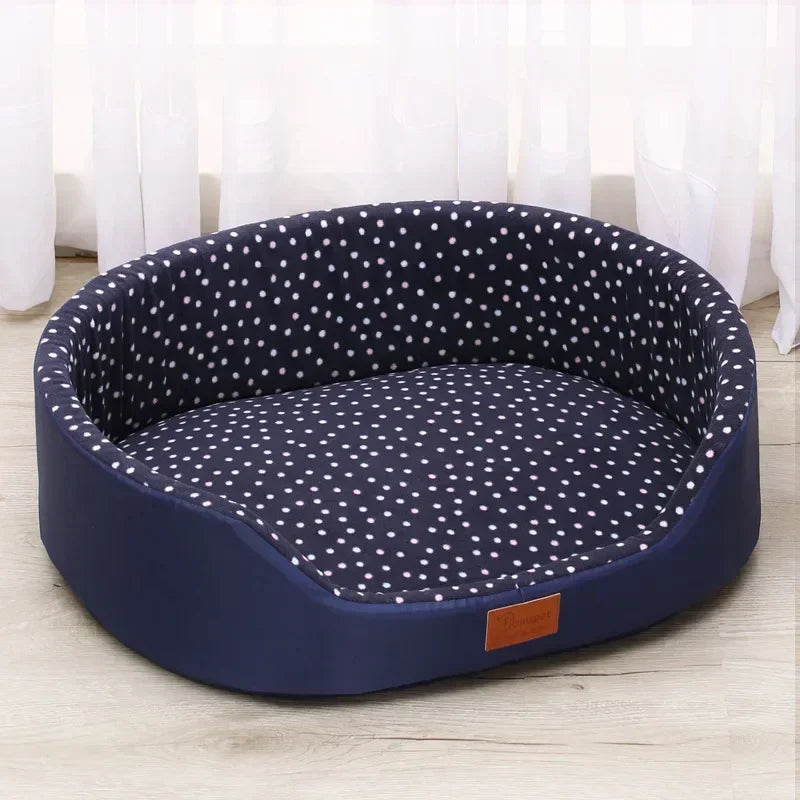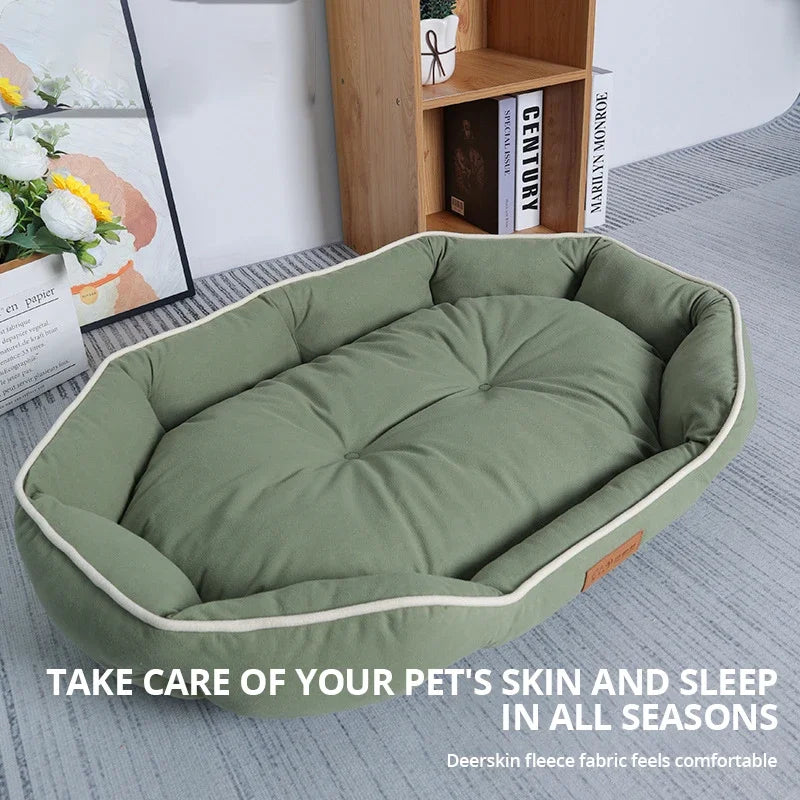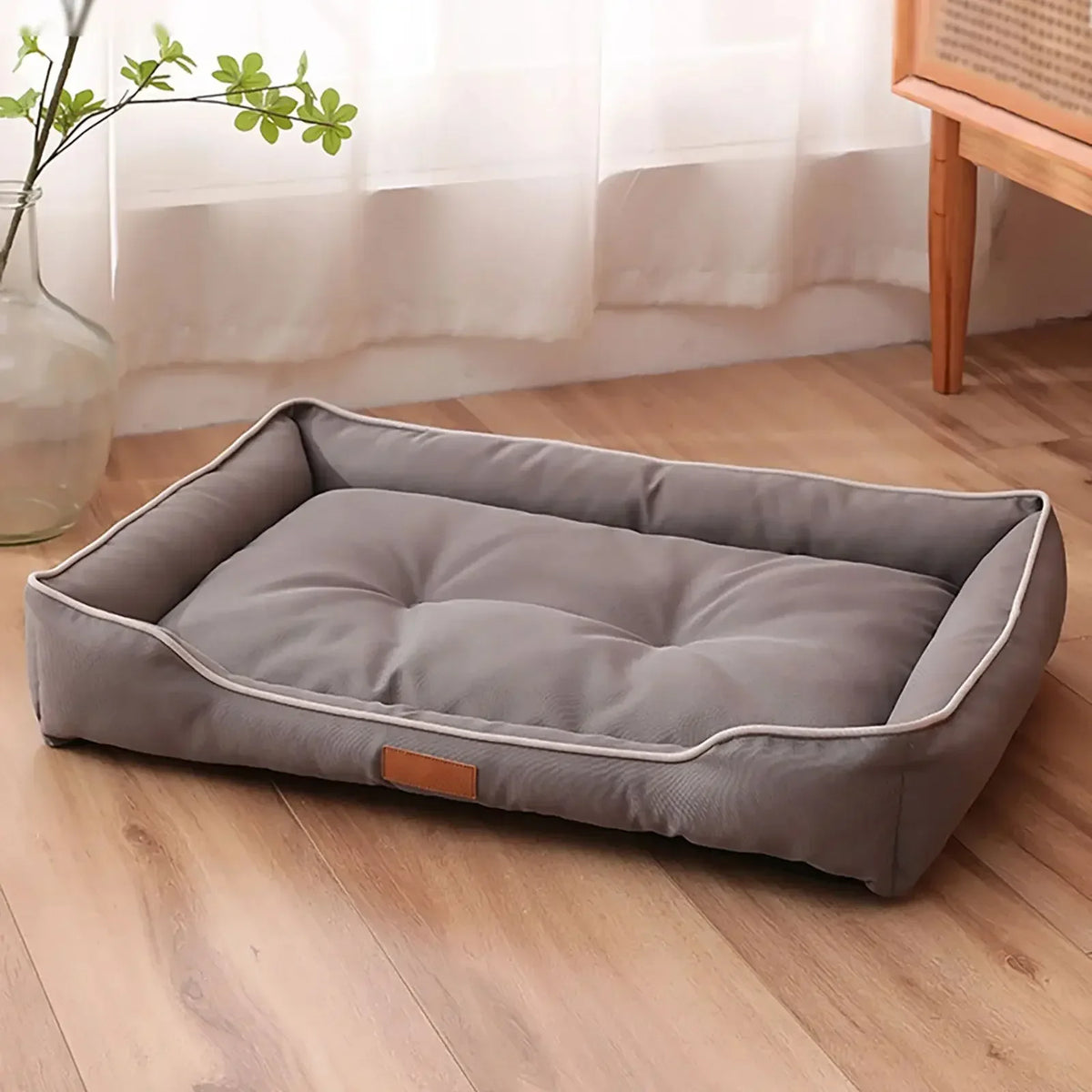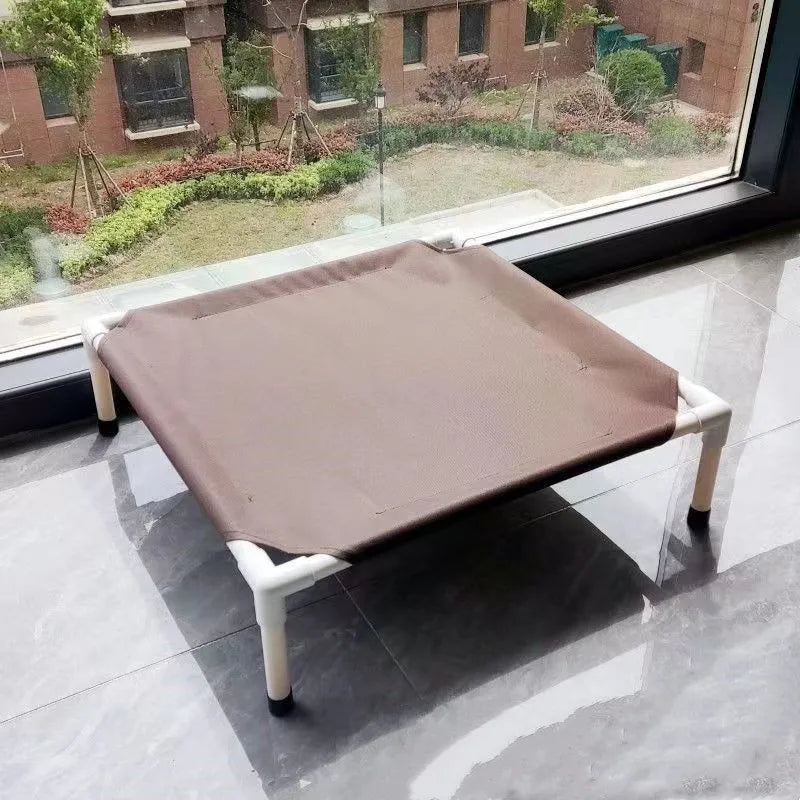When done properly, crate training can be one of the most useful tools for new puppy parents. Far from being a “cage,” a crate can become your pup’s very own safe space — a cosy den where they feel secure, calm, and comfortable.
At Tooth & Tail, we know crate training can feel a little daunting at first, so here’s a step-by-step guide to help you get started.
1. Why Crate Training is Important
A crate isn’t about confinement — it’s about comfort and structure. Crate training can:
- Help with toilet training (dogs don’t like to soil their sleeping area).
- Prevent destructive chewing when you can’t supervise.
- Provide a safe space when your pup feels overwhelmed.
- Make travel and vet visits less stressful.
2. Choosing the Right Crate
Your puppy’s crate should be:
- Big enough to stand, turn, and lie down comfortably.
- Not too large, or they may use one side as a toilet.
- Safe and sturdy with good ventilation.
(Browse our range of comfortable, secure crates at Tooth & Tail — perfect for growing pups!)
3. Making the Crate Inviting
The goal is for your puppy to see the crate as their happy place. Try adding:
- A soft bed or blanket
- A favourite chew toy
- A safe teething toy for comfort
Never use the crate as punishment — it should always be a positive space.
4. Introducing Your Puppy to the Crate
Take it slow:
- Leave the crate door open and let your puppy explore it freely.
- Toss in treats or toys to encourage them to go inside.
- Feed them meals in the crate to create positive associations.
5. Building Up Crate Time
Start with short sessions and gradually increase the time:
- Begin with 5–10 minutes while you’re in the room.
- Extend the time once they’re comfortable.
- Try leaving the room for a few minutes, then return calmly.
Consistency is key — over time, your puppy will see the crate as a safe spot to relax.
6. Night-Time Crating
At night, place the crate in your bedroom or nearby so your puppy feels reassured. Most puppies may whine at first, but with routine and comfort, they’ll soon settle into sleeping through the night.
7. Common Mistakes to Avoid
- Don’t use the crate for punishment.
- Don’t leave puppies crated for too long (young pups need frequent breaks).
- Don’t skip making the crate cosy — it should feel like a den, not a cell.
Final Thoughts
Crate training is one of the best ways to give your puppy structure, safety, and comfort in your home. With patience, consistency, and the right setup, your pup will quickly learn to love their crate.
At Tooth & Tail, we’ve got everything you need to make crate training a success — from safe, sturdy crates to comfy bedding and chew toys. Because when your puppy feels secure, you both thrive. 🐾




